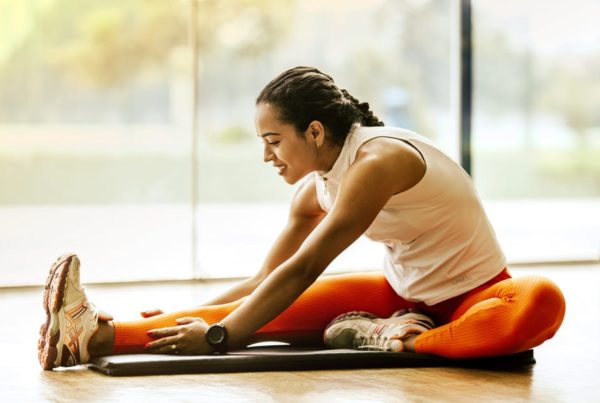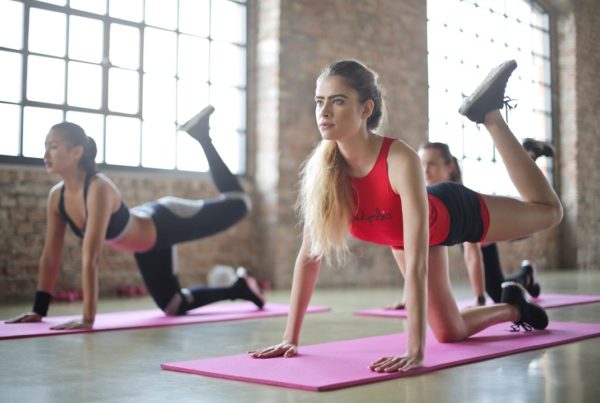From twisted ankles to torn muscles, sports-related injuries lead over 3.5 million people to the emergency department every year.
It’s not just the pain, time, and effort of an ER visit that these injuries incur, either.
Even minor sports injuries can affect your long-term health and even prevent you from enjoying your favorite activities ever again. You could also be facing considerable long-term medical bills, too.
If the idea of never playing your favorite sport again is painful to you, or you can’t fast paying hand-over-fist in medical bills, learn how to prevent exercise-related injuries.
Incredibly Easy Ways to Prevent Sports Injuries
As the saying goes, prevention is always better than a cure. Here’s how to reduce the risk of painful – and costly – exercise-related injuries.
1. Mix up Your Exercise Program
Repeating the same exercises day in, day out may get you enviable abs but it also risks injury.
Neglecting other muscle groups risks weakening those areas and creating an imbalance in your body. These weak muscles are more likely to buckle and break, and won’t support your training goals.
Mixing up your exercise regimen with a combination of weight lifting, cardio, and flexibility training helps you to improve your overall strength and health. You might also discover a new sport that you love!
2. Know Your Limits
You might want the buffest body out there, or score more goals than anyone else this season – but be realistic.
If you’re new to a sport or haven’t exercised in a while, take it easy. Break your way into any new sport or exercise regimen slowly over time.
Set small goals to achieve every week or month to improve your strength, fitness, and athletic ability over time. Pushing your body beyond its limits is a common cause of injury; building up to your bigger goals slowly will reduce the risk of this happening.
3. Take Your Warm up and Cool Down Seriously
Tight muscles tear easily. Prepare yourself for exercise with at least a ten-minute warm up before your main session. This helps to boost blood flow to your muscles and loosen them up.
After exercise, spend at least 15 minutes cooling down. Dynamic and static stretches combined and gentle walking are great ways to settle your body after exercise.
Your cool down is essential to gently lower your heart rate and blood pressure, reducing the risk of fainting or dizziness at the end of a strenuous exercise session.
4. Invest in Your Footwear
Whether you’re lifting heavy weights in the gym or running forest trails in the great outdoors, your shoes matter.
Wear shoes suited to your sport of choice. Consider visiting a specialist sports shop that will analyze your running gait. This will help determine if you require additional ankle or foot support to reduce the risk of foot, ankle, or knee injuries.
5. Take a Break
When you’re on a roll with your fitness regimen it’s tempting to work out every day. Stop!
Your body needs rest days to recover from exercise. The muscle soreness you feel after a hard workout is actually due to tiny tears in your muscles. As these tears repair, your muscles get stronger.
Without time to repair, your muscles are in a vulnerable state. If you really feel the need to work out every day, try switching up your hardcore workout days with a day or two of yoga or walking each week instead.
Final Top Tip: Work out with a Professional
There’s little point in following the tips above if you don’t know how to perform your favorite exercise correctly.
Getting mentored will help to reduce your risk of sports injuries as you learn how to exercise with perfect form. A sports coach can point out where you’re going wrong and how to improve your technique to stay strong and healthy.
Even working out on machines in the gym requires technique. If you’ve never hired a personal trainer before, check out this article. It’ll change your mind in an instant!




